TOI-2180 b, an exoplanet three times more massive than Jupiter with a unique orbit, was discovered by a UC Riverside astronomer and citizen scientists using NASA’s TESS data and global telescopes.
A UC Riverside astronomer and a group of eagle-eyed citizen scientists have discovered a giant gas planet hidden from view by typical stargazing tools.
The planet, TOI-2180 b, has the same diameter as Jupiter, but is nearly three times more massive. Researchers also believe it contains 105 times the mass of Earth in elements heavier than helium and hydrogen. Nothing quite like it exists in our solar system.
Insights From the Astronomical Community
Details of the finding have been published in the Astronomical Journal and presented at the American Astronomical Society virtual press event on January 13.
“TOI-2180 b is such an exciting planet to have found,” said UCR astronomer Paul Dalba, who helped confirm the planet’s existence. “It hits the trifecta of 1) having a several-hundred-day orbit, 2) being relatively close to Earth (379 lightyears is considered close for an exoplanet), and 3) us being able to see it transit in front of its star. It is very rare for astronomers to discover a planet that checks all three of these boxes.”
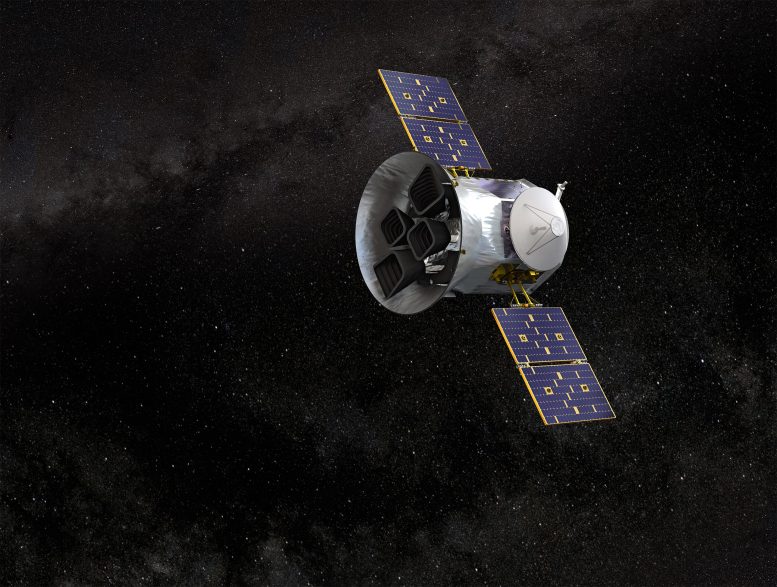
Illustration of NASA’s Transiting Exoplanet Survey Satellite (TESS). Credit: NASA’s Goddard Space Flight Center
Dalba also explained that the planet is special because it takes 261 days to complete a journey around its star, a long time compared to many known gas giants outside our solar system. Its relative proximity to Earth and the brightness of the star it orbits also make it likely astronomers will be able to learn more about it.
Challenges in Exoplanet Detection
In order to locate exoplanets, which orbit stars other than our sun, NASA’s TESS satellite looks at one part of the sky for a month, then moves on. It is searching for dips in brightness that occur when a planet crosses in front of a star.
“The rule of thumb is that we need to see three ‘dips’ or transits before we believe we’ve found a planet,” Dalba said. A single transit event could be caused by a telescope with a jitter, or a star masquerading as a planet. For these reasons, TESS isn’t focused on these single transit events. However, a small group of citizen scientists is.
Looking over TESS data, Tom Jacobs, a group member, and former U.S. naval officer, saw light dim from the TOI-2180 star, just once. His group alerted Dalba, who specializes in studying planets that take a long time to orbit their stars.
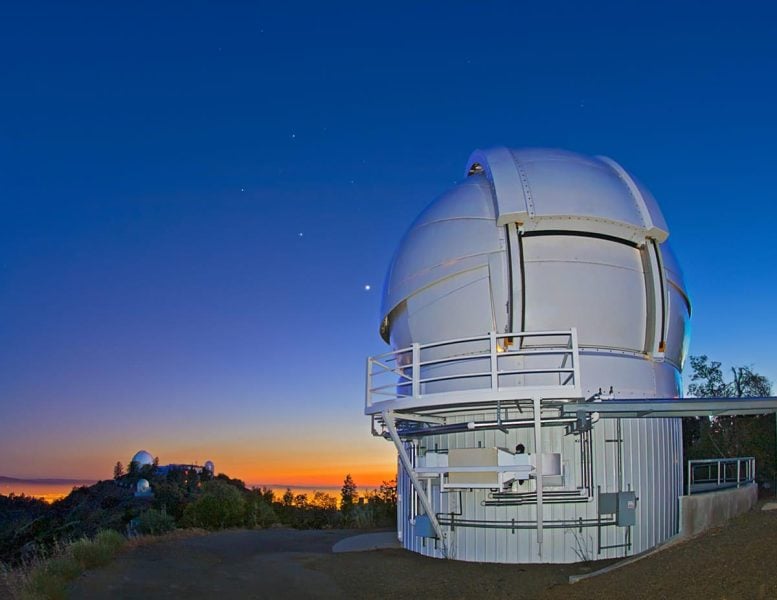
Lick Observatory’s Automated Planet Finder, used to help calculate the new planet’s mass and orbit. Credit: Laurie Hatch/Lick Observatory
Using the Lick Observatory’s Automated Planet Finder Telescope, Dalba and his colleagues observed the planet’s gravitational tug on the star, which allowed them to calculate the mass of TOI-2180 b and estimate a range of possibilities for its orbit.
A Collaborative Effort in Astronomy
Hoping to observe a second transit event, Dalba organized a campaign using 14 different telescopes across three continents in the northern hemisphere. Over the course of 11 days in August 2021, the effort resulted in 20,000 images of the TOI-2180 star, though none of them detected the planet with confidence.
However, the campaign did lead the group to estimate that TESS will see the planet transit its star again in February, when they’re planning a follow up study. Funding for Dalba’s research is provided by the National Science Foundation’s Astronomy and Astrophysics Postdoctoral Fellowship Program.
Citizen Scientists Enhancing Exoplanet Research
The citizen planet hunters’ group takes publicly available data from NASA satellites like TESS and looks for single transit events. While professional astronomers use algorithms to scan a lot of data automatically, the Visual Survey Group uses a program they created to inspect telescope data by eye.
“The effort they put in is really important and impressive, because it’s hard to write code that can identify single transit events reliably,” Dalba said. “This is one area where humans are still beating code.”
Reference: “The TESS-Keck Survey. VIII. Confirmation of a Transiting Giant Planet on an Eccentric 261 Day Orbit with the Automated Planet Finder Telescope” by Paul A. Dalba, Stephen R. Kane, Diana Dragomir, Steven Villanueva Jr., Karen A. Collins, Thomas Lee Jacobs, Daryll M. LaCourse, Robert Gagliano, Martti H. Kristiansen, Mark Omohundro, Hans M. Schwengeler, Ivan A. Terentev, Andrew Vanderburg, Benjamin Fulton, Howard Isaacson, Judah Van Zandt, Andrew W. Howard, Daniel P. Thorngren, Steve B. Howell, Natalie M. Batalha, Ashley Chontos, Ian J. M. Crossfield, Courtney D. Dressing, Daniel Huber, Erik A. Petigura, Paul Robertson, Arpita Roy, Lauren M. Weiss, Aida Behmard, Corey Beard, Casey L. Brinkman, Steven Giacalone, Michelle L. Hill, Jack Lubin, Andrew W. Mayo, Teo Mocnik, Joseph M. Akana Murphy, Alex S. Polanski, Malena Rice, Lee J. Rosenthal, Ryan A. Rubenzahl, Nicholas Scarsdale, Emma V. Turtelboom, Dakotah Tyler, Paul Benni, Pat Boyce, Thomas M. Esposito, E. Girardin, Didier Laloum, Pablo Lewin, Christopher R. Mann, Franck Marchis, Richard P. Schwarz, Gregor Srdoc, Jana Steuer, Thirupathi Sivarani, Athira Unni, Nora L. Eisner, Tara Fetherolf, Zhexing Li, Xinyu Yao, Joshua Pepper, George R. Ricker, Roland Vanderspek, David W. Latham, S. Seager, Joshua N. Winn, Jon M. Jenkins, Christopher J. Burke, Jason D. Eastman, Michael B. Lund, David R. Rodriguez, Pamela Rowden, Eric B. Ting and Jesus Noel Villaseñor, 13 January 2022, The Astronomical Journal.
DOI: 10.3847/1538-3881/ac415b

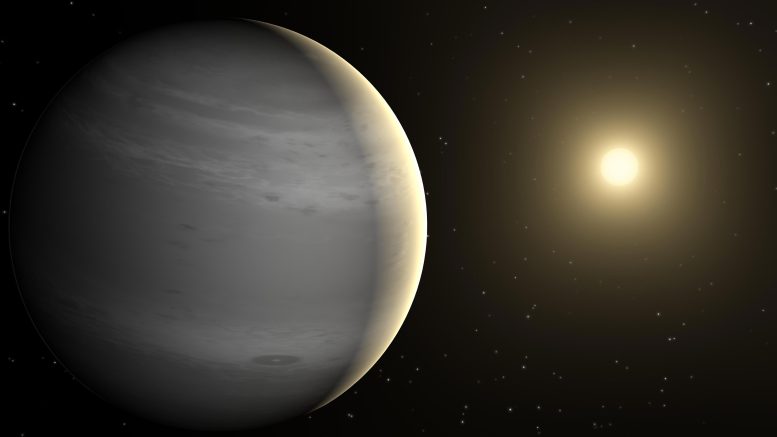
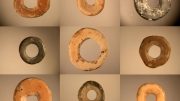





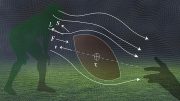

A planet this size could easily have mutiple Earth-sized moons in orbit.
And if it was within the habitable zone, life may exist on those moons. (habitable for our type of life-forms)
Are we sure it’s just not the rotation of our planet verse there planetary rotation isn’t askewing our view to every 261 days? Has anyone taken into consideration the speed in which our plant rotates and travels in space or rather through space.
Is it possible that at least some of these more massive Jupiter-like exoplanets might be brown dwarfs?
Just a quick reminder that, thanks to the same definition that crossed Pluto off the list of “planets”, it is incorrect to refer to this planetary body as a “planet” as well. It is, indeed, an exoplanet, or a world, or a satellite of its star, unless we have changed our minds on the “definition”. Is this pedantic to a fault? I rather believe that’s the point.
On the note of pedantic to a fault, why is this much closer to earth than others like it? Is it just that people are uncomfortable with the idea that there are some quite large bodies out there that we can’t decisively identified despite them being “close” to our solar system, or are scientists just mildly irked that some dedicated non-professionals were able to pick out something nearby that didn’t grab the attention of professional exoplanet finding missions?
You know I once thought that seen as planets are seen 100LY away, are we sure its gonna be like that if we get there because check it out. A star is 100LY away it takes 100,000 years for that light to reach us, so how do we know its still the same when it took 100,000 years for us to see that planet.
Thats also my theory on Dark Matter, what if its just a bunch of new stars that’s light hasnt reached us yet. Even if we get there with “Hyper space travel” or “Wormholes” what if we travel there and it changed so dramatically while we were traveling through space n time. This is also the Light Year speed theory, 1 itd take 100 years for us to get there and 2 time would change a lot between when we leave earth to reaching the new planet which could result in a 100,000 year change instead of 100 years.
Justin, if a star is 100 light years away, it takes 100 years for its light to reach us, not 100,00 years. 1 year of light travel equals one light year. Also, gravity travels at the speed of light. Although objects at the limits of our light cone are being influence by objects outside our light cone (i think..inflation-produced causality ‘disappearance’ is kind of hard to figure out in odd circumstances like that, for me anyway….), the closer ones would be far less influenced, thus the conclusion that the mass influencing them should be visible or otherwise detectable by electromagnetic radiation, rather than just by the gravitational influence they exert.